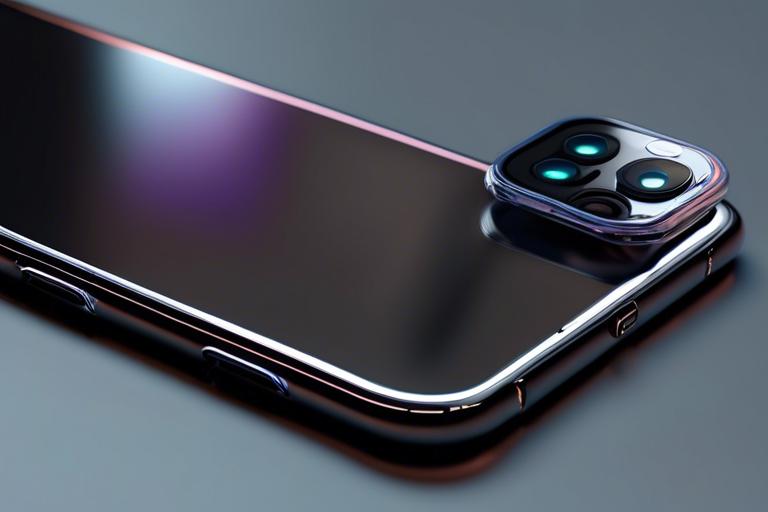Apple’s Transition to USB-C: What You Need to Know 📱
Apple has unveiled the new iPhone 15 models with a significant change – the switch from Lightning to USB-C ports. This move has sparked conversation and skepticism among Apple users. Here is everything you need to know about the transition to USB-C and how it will affect you as a consumer.
What’s the Deal with the USB-C Port on iPhone 15? 🔄
- All four new iPhone 15 models come equipped with USB-C ports, a departure from the Lightning port found on previous models.
- USB-C is a universal port used in many devices, enabling you to use the same cable to charge multiple gadgets.
- This change allows for faster data transfers, especially on the Pro models, with a USB 3 cable offering increased speeds for transferring data to a Mac.
- You can also directly charge accessories like AirPods or Apple Watch from your iPhone 15 using the USB-C connector.
- Apple includes a higher-quality rated cable with the iPhone 15, ensuring better durability and performance.
Why Did Apple Make the Switch to USB-C? 🤔
- Although Apple initially resisted the change, the European Union’s push for a common charger standard led to the adoption of USB-C.
- EU legislation mandates that devices sold in the EU must have a USB-C port by the end of 2024 for the benefit of consumers and the environment.
- Apple’s Senior Vice President of Worldwide Marketing highlighted concerns about creating electronic waste due to the transition.
- Apple’s compliance with the EU law reflects a shift towards more environmentally friendly practices and universal standards.
What to Do with Your Old Lightning Cables? ♻️
- With the introduction of USB-C ports on iPhone 15, your older Lightning cables are now considered obsolete.
- Apple offers recycling options for old cables at its stores, but you may also choose to keep or repurpose them.
- As Apple continues to embrace wireless charging with MagSafe, the transition away from ports on devices like iPhone 15 signals a new era in smartphone technology.
- While adapters and dongles are available for compatibility, Apple’s focus on wireless technologies suggests a future without physical ports.
Hot Take: Embracing Change in the World of Apple Devices 🌟
As Apple users adapt to the transition from Lightning to USB-C ports on iPhone 15, the tech giant’s commitment to environmental sustainability and user convenience becomes evident. The shift towards universal standards and wireless technologies reflects a changing landscape in smartphone design and functionality. Embracing these changes ensures a seamless user experience and a more eco-friendly approach to device connectivity. With the iPhone 15 marking a significant milestone in Apple’s product evolution, users can look forward to a future of innovation and adaptability in the world of tech.





 By
By
 By
By

 By
By
 By
By
 By
By